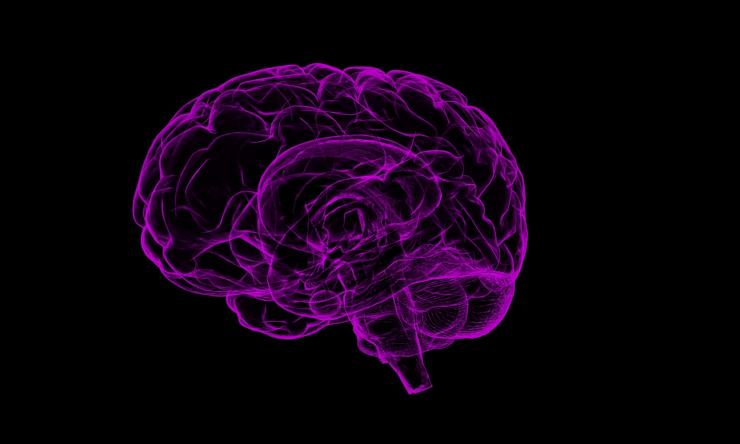What EEGs tell us about COVID-19 and the brain
Throughout the pandemic, healthcare workers have seen more than just the lungs affected by COVID-19. Doctors have reported neurological complications including stroke, headache and seizures, but the information is limited to a number of individual reports that are not reflective of a larger population.
Researchers from Baylor College of Medicine and the University of Pittsburgh have gathered more than 80 studies, reviewed the data, and identified commonalities that are helping to paint a broader picture of how COVID-19 affects the brain.
The findings, published in Seizure: European Journal of Epilepsy, focused on electroencephalogram (EEG) abnormalities of the brain. EEG is a test used to evaluate the electrical activity in the brain. Researchers found that about one-third of patients who were given an EEG had abnormal neuroimaging localized in the frontal lobe of the brain.
“We found more than 600 patients that were affected in this way. Before, when we saw this in small groups we weren’t sure if this was just a coincidence, but now we can confidently say there is a connection,” said Dr. Zulfi Haneef, assistant professor of neurology/neurophysiology at Baylor.
The main reason a patient would be given an EEG is if altered mentation is noted, meaning a patient might have a slowed reaction to stimuli, followed by seizure-like events, speech issues, confusion or inability to wake up after sedation. The most common findings from the EEG were slowing or abnormal electrical discharge, mostly in the frontal lobe.
Some of the EEG alterations found in COVID-19 patients may indicate damage to the brain that might not be able to be repaired after recovering from the disease.
“As we know, the brain is an organ that cannot regenerate, so if you have any damage it will more than likely be permanent or you will not fully recover,” Haneef said.
Haneef found the location of the abnormal activity interesting.
“We know that the most likely entry point for the virus is the nose, so there seems to be a connection between the part of the brain that is located directly next to that entry point,” he said. “Another interesting observation was that the average age of those affected was 61, one-third were female and two-thirds were males. This suggests that brain involvement in COVID-19 could be more common in older males. More research is needed but these findings show us these are areas to focus on as we move forward.”
It may not always be the virus acting directly on the brain causing the abnormal EEG readings, Haneef said. It could be the oxygen intake, heart problems related to COVID-19 or another type of side effect, which is why he says that comprehensive patient care should include more imaging of the brain or EEG testing as necessary.
“These findings tell us that we need to try EEG on a wider range of patients, as well as other types of brain imaging, such as MRI or CT scans, that will give us a closer look at the frontal lobe,” Haneef said. “A lot of people think they will get the illness, get well and everything will go back to normal, but these findings tell us that there might be long-term issues, which is something we have suspected and now we are finding more evidence to back that up.”
Haneef worked closely with Dr. Arun Antony at the University of Pittsburgh. Haneef also is with the Michael E. DeBakey VA Medical Center.
Details of the study can be found here.










